Wellness with Refuge

Find Your Balance Again with Vestibular Physical Therapy
Do you ever feel dizzy, unsteady, or like the room is spinning? If this is familiar, you’re not alone, and help is available.

Don't Hit Pause on Your Progress: Your PT Guide to Holiday Consistency
The holiday season is a wonderful time for joy, connection, and celebration. It's also a time when routines get chaotic, schedules fill up, and personal health goals often take a back seat. If you're in physical therapy, skipping sessions or your home exercise program (HEP) can lead to pain flare-ups, setbacks, and a longer recovery time.
This year, let's make a plan to keep your momentum going so you can enter the new year feeling strong and accomplished, not sidelined.

Daylight Savings: Fall Back Safely
When it comes to your health, most people think about exercise and nutrition first, but sleep is just as important and is often overlooked. At Refuge Physiotherapy, we know that healing happens not just in the clinic, but in the moments of rest that follow. Your body uses sleep to recharge, rebuild, and prepare for the next day’s challenges.

Rest to Recover: The Importance of Quality Sleep
When it comes to your health, most people think about exercise and nutrition first, but sleep is just as important and is often overlooked. At Refuge Physiotherapy, we know that healing happens not just in the clinic, but in the moments of rest that follow. Your body uses sleep to recharge, rebuild, and prepare for the next day’s challenges.

Stay Active This Fall: Physical Therapist-Approved Tips for the Season
As the weather cools and the days grow shorter, it’s tempting to slow down and cozy up indoors. While fall is a beautiful time to enjoy a warm drink and a good book, it’s just as important to keep your body moving — especially if you want to stay strong, flexible, and pain-free year-round.

Why Breathing Mechanics Matter More Than You Think
We breathe over 20,000 times a day — but most of us never think about how we do it.
At Refuge Physiotherapy, we view breathing as a powerful tool — not just for oxygen intake, but for improving posture, relieving pain, and building true core strength. One of the most important (and often overlooked) aspects of rehab is retraining your breathing mechanics, especially the piston system that powers healthy movement.

The Importance of Movement: Exercises to Combat Prolonged Sitting
In our society, many of us spend multiple hours seated: working at a desk, driving, or looking down at a mobile device. Prolonged sitting without movement can lead to stiffness, pain, and poor posture. Neck tension, mid and low back pain, and hip tightness often comes from spending too much time in one position.

Understanding Ehlers-Danlos Syndrome and How Refuge Physiotherapy Can Help
Ehlers-Danlos Syndrome (EDS) is a group of inherited connective tissue disorders that affect the body’s production of collagen — a protein that gives strength and structure to skin, joints, ligaments, and blood vessels.

Pro Tips for the Overhead Athlete (& Everyone Else)
Overhead athletes put their bodies through thousands of high-speed, repetitive motions each week. Think of a baseball or softball player throwing the ball, a gymnast on the rings or bars, a tennis player serving the ball or smashing a winner, a swimmer powering through the water, or a volleyball player blocking or spiking. These movements create power and performance, but they also place significant stress on the shoulder, elbow, and spine.
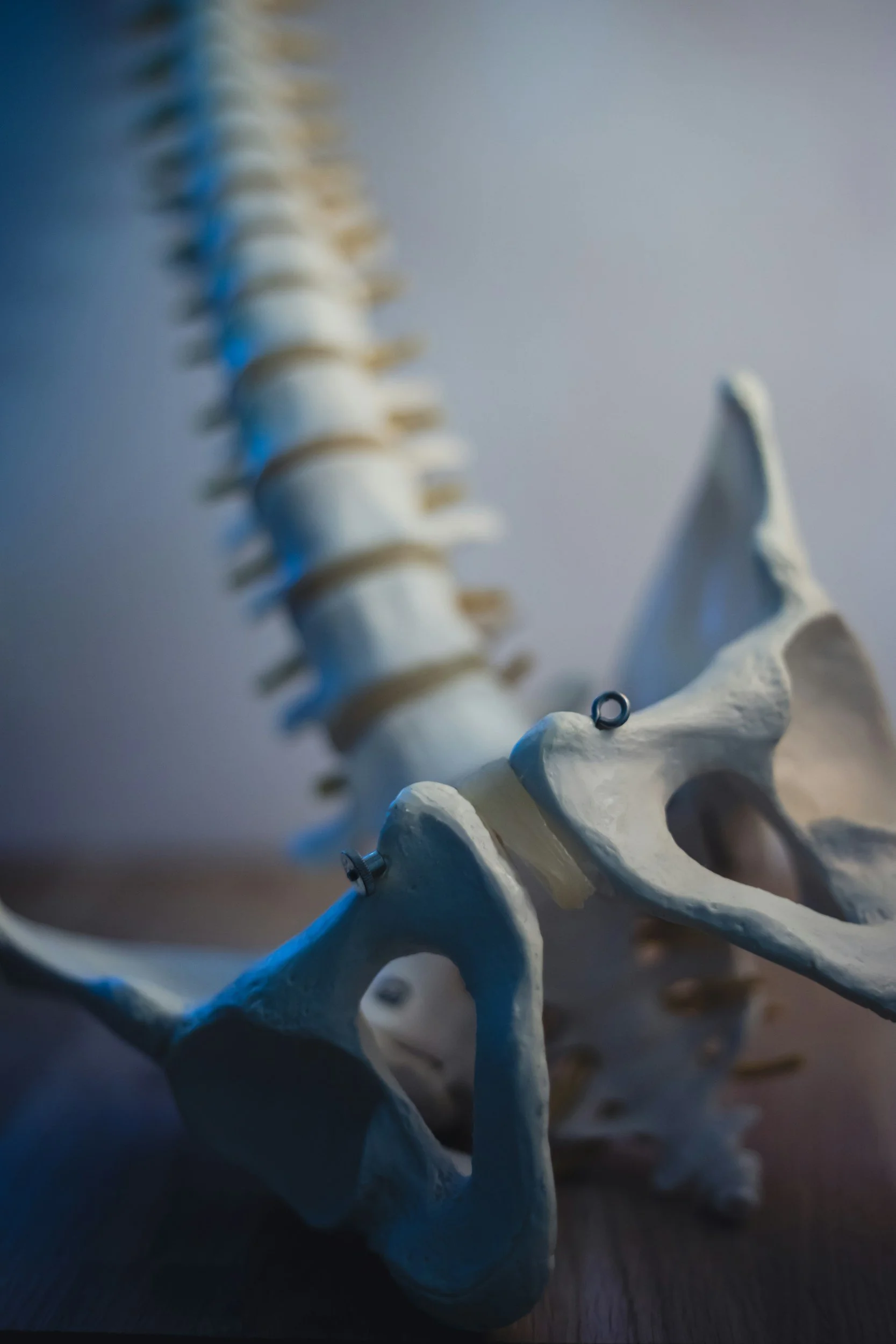
What Is Pelvic Floor Physical Therapy?
If you've been referred for pelvic floor physical therapy, or you’re simply exploring options for issues like pelvic pain, incontinence, or postpartum recovery—welcome. At Refuge Physiotherapy, we understand that starting pelvic floor physical therapy can feel unfamiliar or even a little intimidating. Our goal is to provide a space that feels safe, supportive, and informed.
Let’s walk you through what pelvic floor therapy is, who it helps, and what to expect as a new patient at Refuge.

The Body Keeps the Score: How Emotions Manifest in the Physical Body
Introduction
Have you ever felt a knot in your stomach during a stressful time? Or noticed tension in your neck and shoulders after an emotionally draining day? You’re not alone—and it’s not just in your head.
The human body has an incredible memory. Physical therapists and other health professionals are increasingly recognizing the connection between emotional stress and physical symptoms. Inspired by the groundbreaking work of Dr. Bessel van der Kolk in his book "The Body Keeps the Score," this blog explores how emotions—especially unresolved trauma—can be stored in the body, how they show up physically, and what role physical therapy can play in healing.
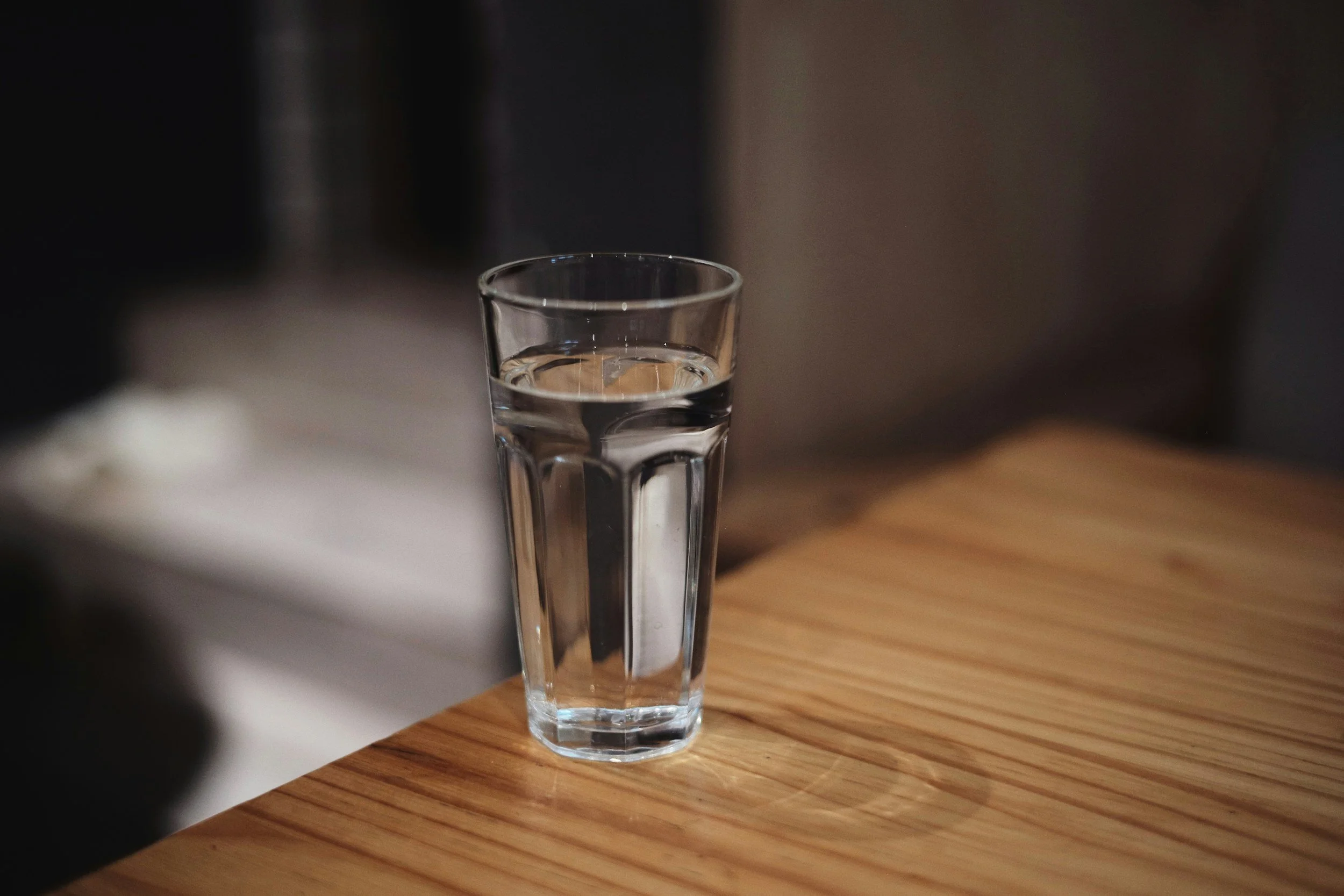
Importance of Hydration
Importance of Hydration
Our bodies are composed of approximately 60 percent water and hydration is essential for our overall health.
Approximately three out of every four Americans are dehydrated on a regular basis. Dehydration is more common as we age because thirst levels naturally drop with age.
Drinking enough water daily promotes circulation and decreases stress on your heart and blood vessels, aids with digestion, metabolism, and detoxification. It also helps you feel energized and promotes better sleep.
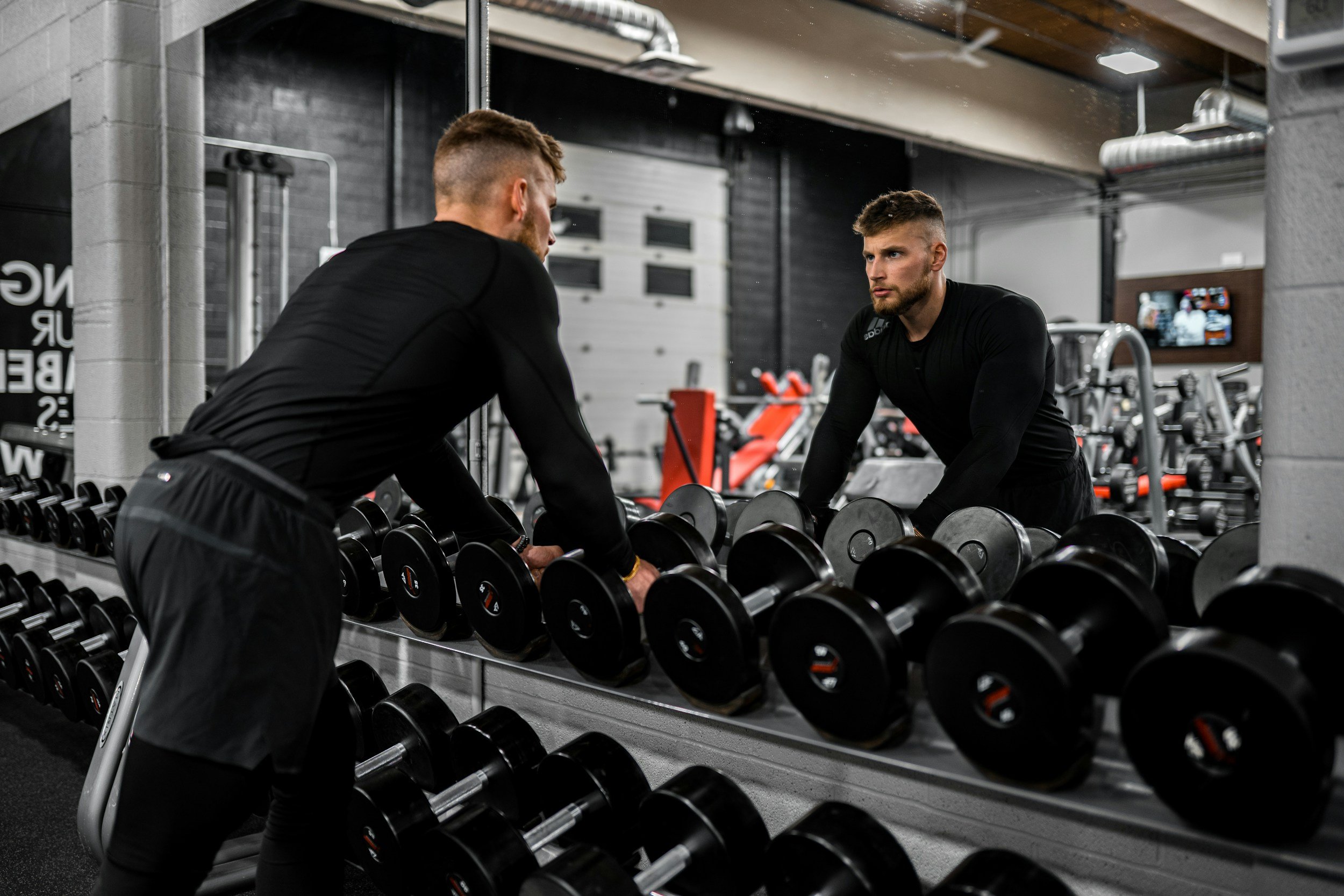
Free Weights or Machines- Which Should I Choose?
Research continues to demonstrate the importance of resistance training for quality of life and overall health. It improves your bone density and strength, slowing bone and muscle loss that occurs as we age. Resistance training promotes posture, flexibility, balance and coordination. Improves cognition, mood, joint function, cardiovascular and mental health. Facilitates weight management and reduces the risk of injury and chronic disease.
So, resistance training is important, but what is the best type of resistance training? Is there an advantage to free weights compared to machines? Should you choose cables or body weight training?
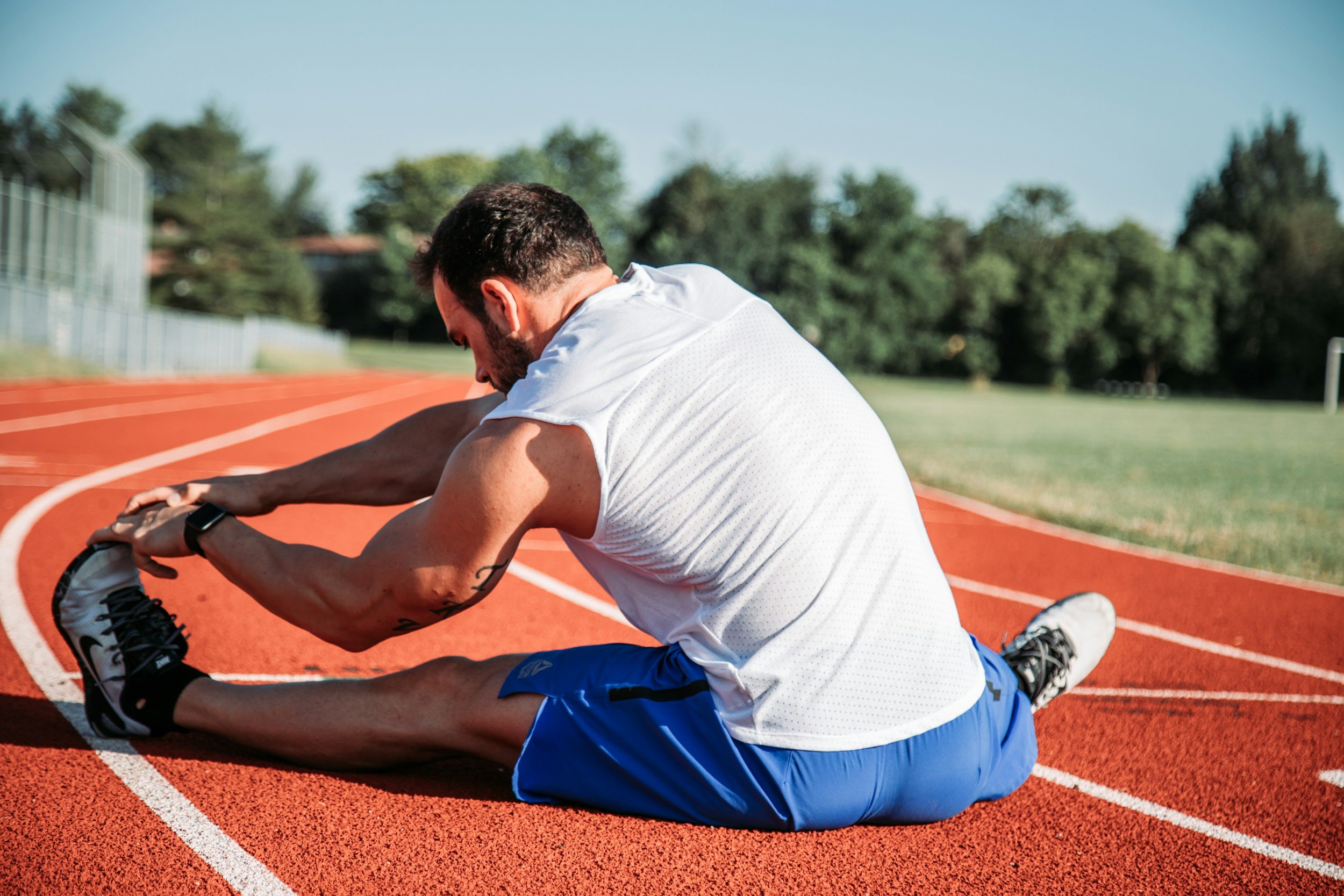
Muscle Cramps
What do you do for muscle cramps?
A muscle cramp is a sudden, involuntary, painful muscle contraction. Muscle cramping can occur due to overexertion, dehydration, poor nutrition, or working a muscle too hard. Muscle cramps commonly affect the calf, thigh, and lower leg.

All About Headaches & How to Prevent Them
Headaches are one of the most common sources of pain. In order to manage and prevent headaches, it is important to understand the types and factors that can contribute to them.
A headache can have many causes: nerve compression, inflammation, and blood vessel constriction or dilation. Oftentimes, one event can lead to a cascade of responses that we call a headache. There are several types of headaches:
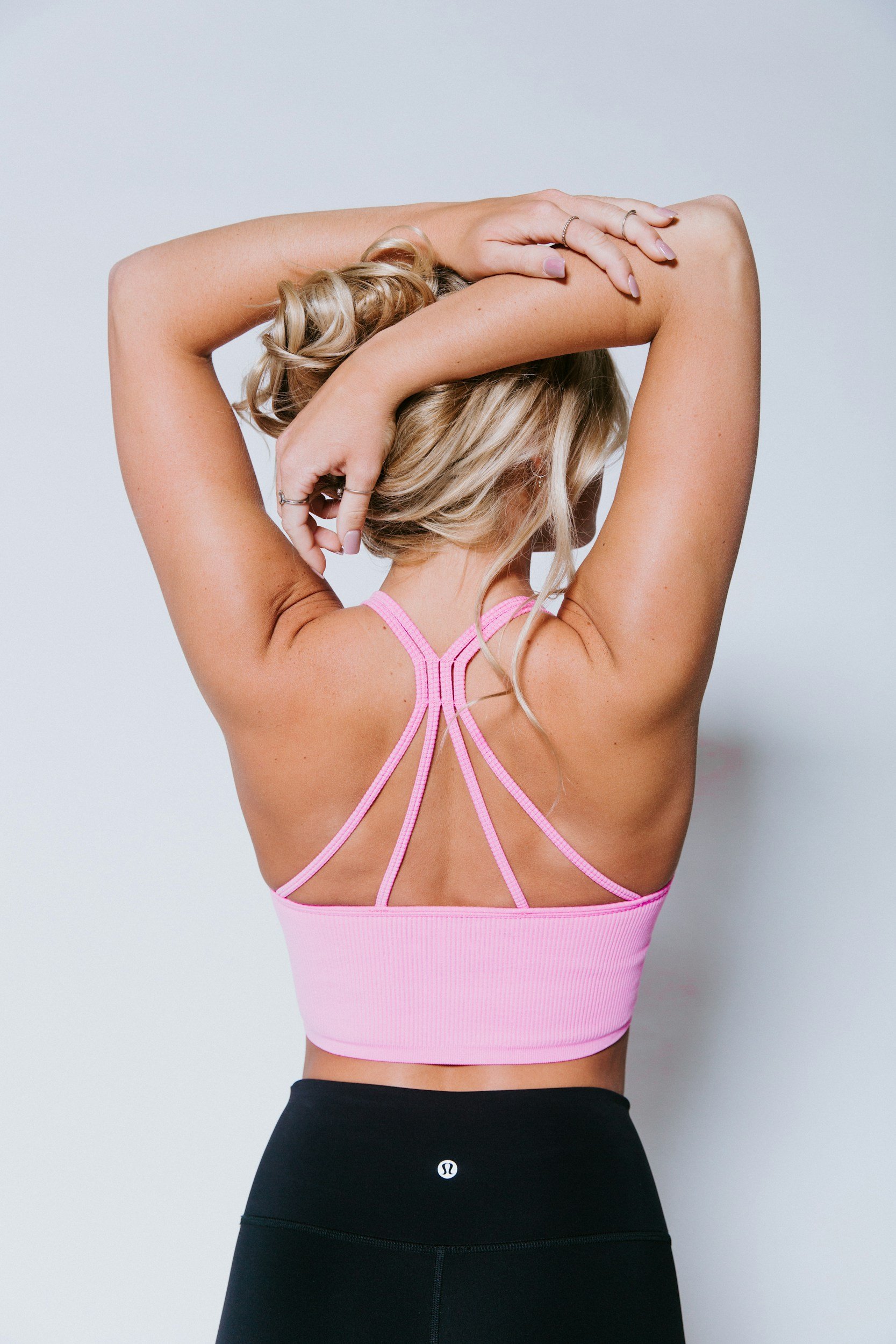
Why is the Shoulder Important?
Did you know that the shoulder is the most mobile joint of the body? You can move your arm overhead, across your body and behind your back, thanks to the shoulder. However, with this extra motion, there can be a trade off for less stability.
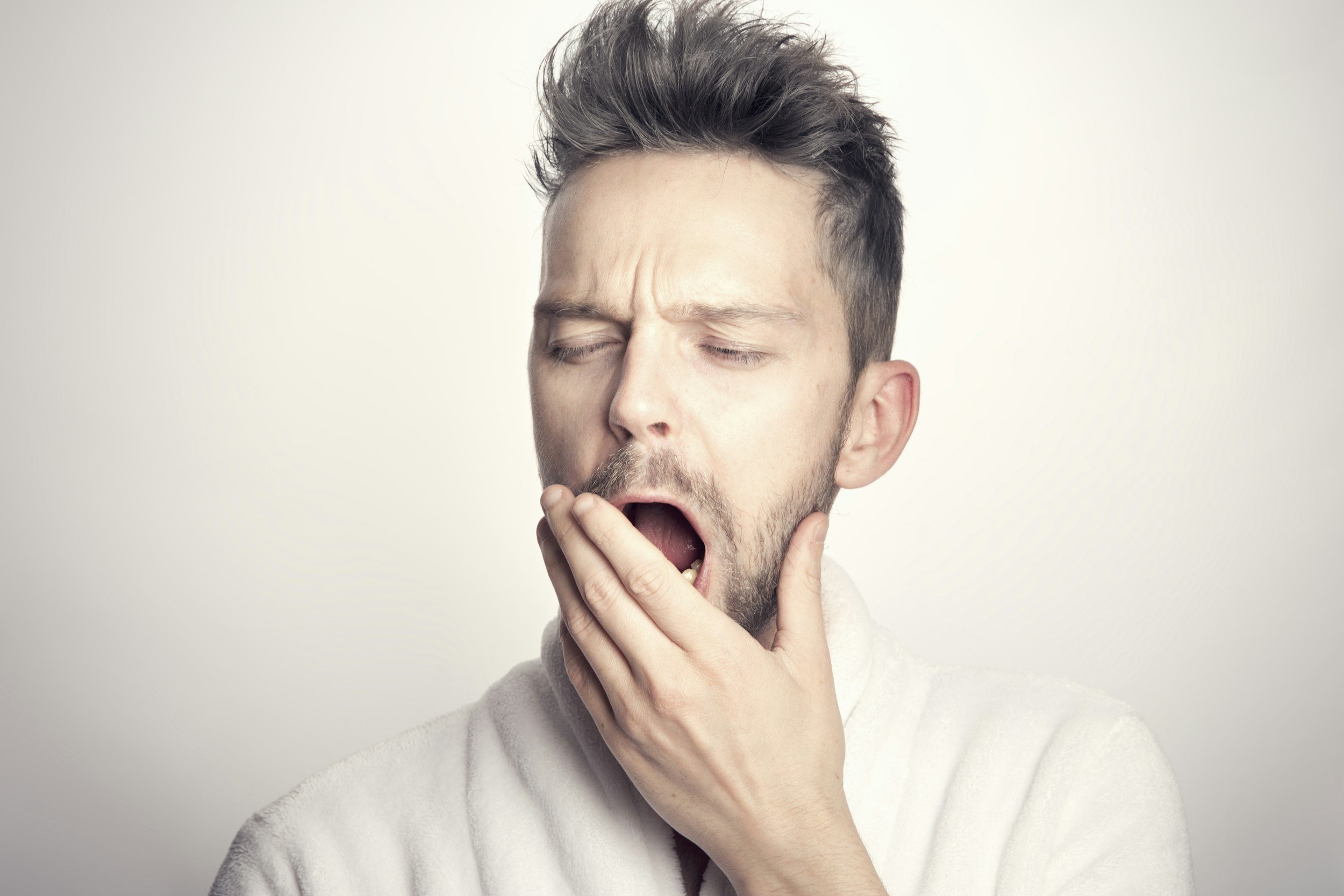
Jaw (TMJ) Issues: What To Do About It
The temporomandibular joint (TMJ) is located just in front of your ears and connects the lower jaw, mandible, to your skull. When these joints are misaligned or stressed, it can lead to temporomandibular joint dysfunction (TMD).
Common symptoms of TMD include jaw pain or tenderness, clicking or popping sounds when opening the mouth, difficulty opening or limited jaw movement, difficulty chewing, headaches that radiate into your jaw, cheeks, or temples, ear pain or tinnitus (ringing in the ears) and neck pain.
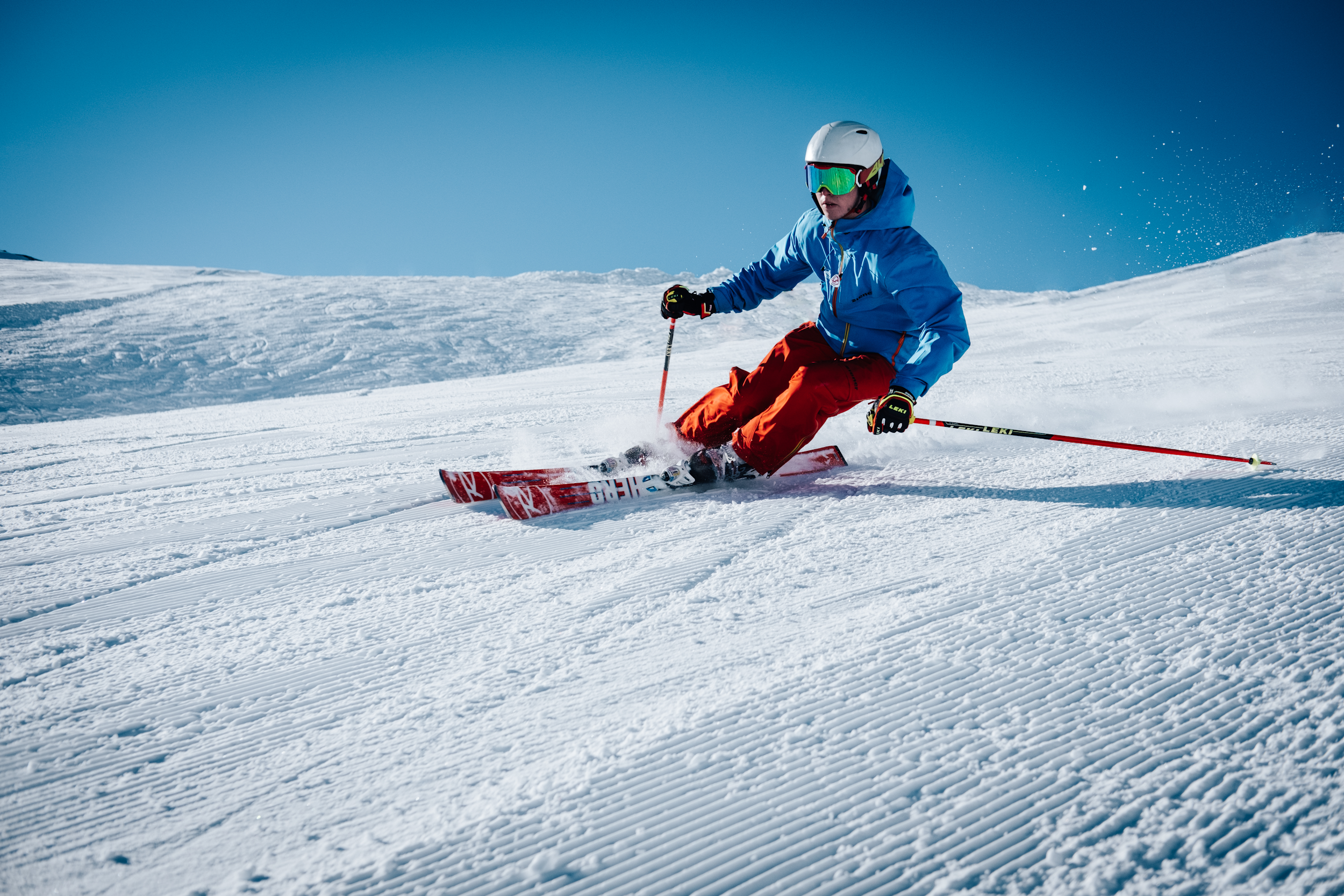
Skiing and Snowboarding: Injury Prevention and Staying Safe on the Slopes
Winter is here, and for many of us, that means hitting the slopes for some skiing and snowboarding fun! These exhilarating sports are a fantastic way to stay active during the colder months, but they also come with their fair share of risks. Adopting a mindset focused on injury prevention can keep you healthy and enjoying the snow all season long. Here are some essential tips to stay safe on the slopes:

Goals vs Systems
Dr. Maggie and Dr. Josh have been reading, “Atomic Habits” by James Clear. We have found some great insights that we would like to share with you, our Refuge community.
One important distinction the author made was the difference between goals and systems. A goal is a specific target that is either realized or missed, an objective that is successfully attained, or failed. Goals can help motivate you towards change, but often do not yield long-lasting results and must be replaced by another goal, like stepping stones. Once a goal is attained, there is a choice that has to be made to either continue to pursue another goal or to fall back into the automatic patterns you were in before you created your goal.
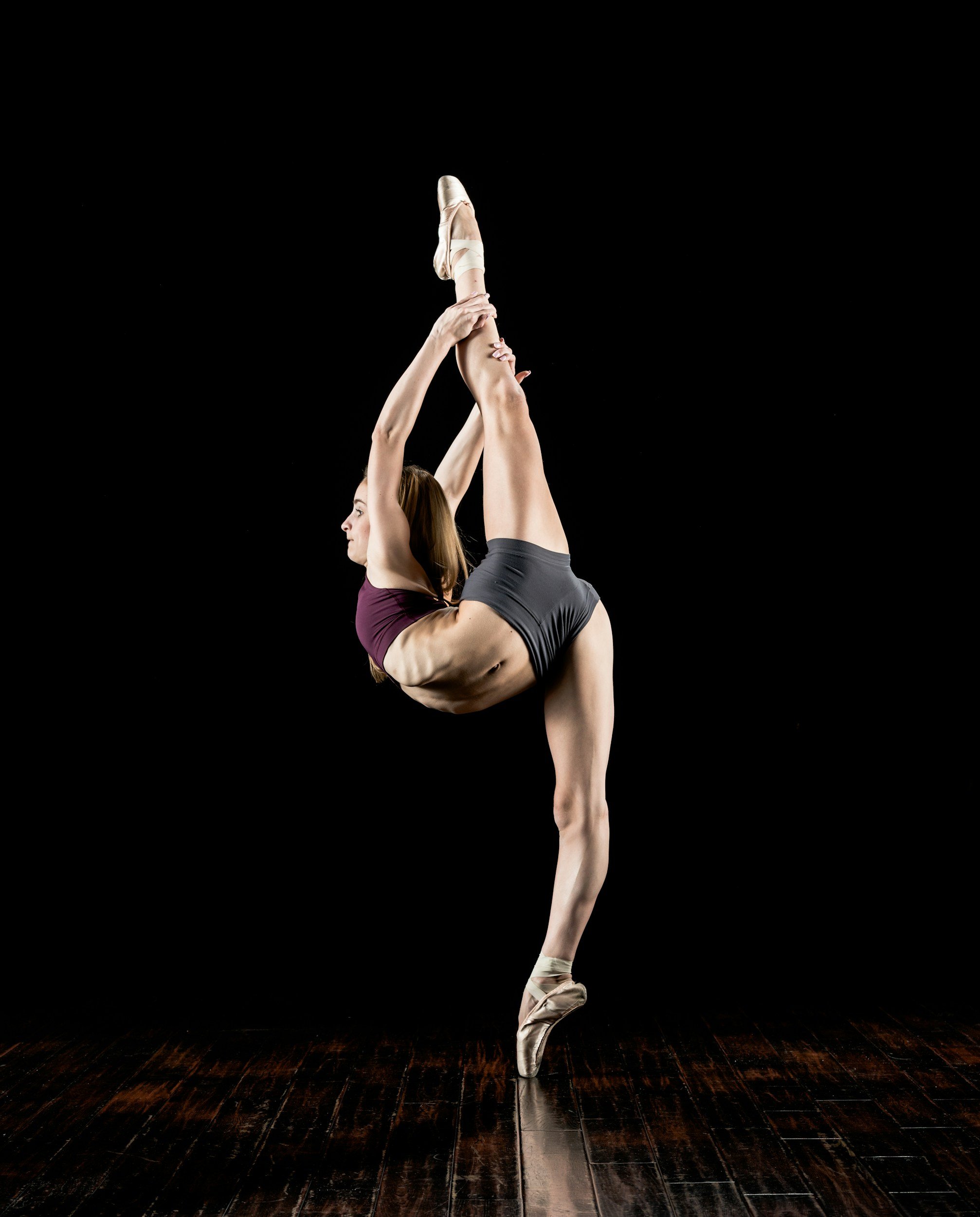
Navigating Hypermobility/EDS
What is hypermobility?
Joint hypermobility is when your joints are more flexible and have a greater range of motion than is expected. Most children are naturally flexible and become less flexible as they grow, however in about 20% of the population hypermobility continues into adulthood.
